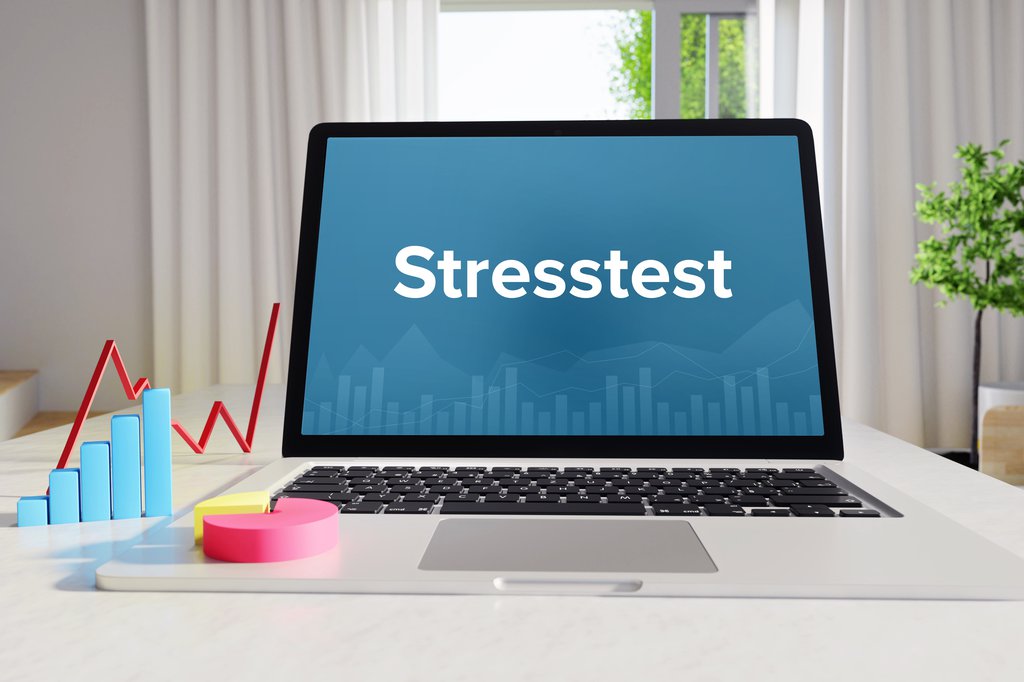The New Stress Test Is In Effect: How to Still Qualify for a Mortgage

How Qualifying For A Mortgage With The New Stress Test Has Changed
On June 1, the new mortgage stress test changes were implemented for both insured mortgages and uninsured mortgages. Previously, borrowers hoping to qualify for a low-rate mortgage had to prove they could afford interest payments at whichever rate is higher: the Bank of Canada’s rate of 4.79% or 2% higher than the interest rate your lender is offering to you.
As of June 1, however, the stress test qualifying rate has been raised to 5.25%, so now borrowers will have to qualify at whichever rate is higher: the new stress test rate of 5.25% or 2% higher than the interest rate your lender is offering. The new stress test level will now apply to insured and uninsured mortgages.
As a result, it will be harder for borrowers to qualify for a mortgage by approximately 5%. This means that as a borrower, if you must undergo the new stress test at a qualifying rate of 5.25%, you will be able to qualify for approximately 5% less in mortgage amount than you would have at the previous qualifying rate of 4.79%.
However, this doesn’t mean that you need to give up on your dream home. You can still qualify for a mortgage even though the stress test has gone up.
Why Is There a Stress Test in Place?
The Office of the Superintendent of Financial Institutions (OSFI) first introduced the stress test at the beginning of 2018. The test is designed to protect borrowers from taking on mortgages that they may not be able to afford in the future.
Canadian home prices have been surging across the country over the past year. With mortgage rates at record low levels, borrowers won’t have a difficult time keeping up with their payments, but if interest rates jump, a borrower may become unable to afford their loan.
By increasing the qualifying threshold, the OSFI hopes to protect buyers by testing the “stress” borrowers’ finances can withstand if interest rates were to rise.
The Bank of Canada has already alerted Canadians that the extremely low mortgage rates currently available are not sustainable, and they will likely increase in the future. To protect homebuyers, the test threshold is being raised slightly.
You Will Still Buy Your Dream Home
Many buyers will continue to qualify for a mortgage and enter the housing market despite the marginal increase in the stress test level.
“Depending on your needs, for the most part, your mortgage costs are not going to be affected too much.” Steven Tulman , President of Clover Mortgage, says. “How much you will now be allowed to borrow is going to shrink slightly, by about 5%. That means that if you were previously able to borrow up to $1,000,000 for a mortgage, you will now be able to borrow approximately $950,000 to $960,000 at the new stress test qualifying rate.”
Even though you may have less buying power than before, the stress test changes still helps buyers by potentially cooling the red-hot selling market in cities across Canada. If buyers qualify for a smaller mortgage amount, then selling prices will likely go down to match the demand of buyers.
How to Qualify With the Higher Stress Test Rate
Although the OSFI hopes to decrease housing prices by introducing a new stress test rate, many Canadian markets will likely continue growing, especially since many buyers will still be able to qualify for mortgages.
Since April of 2020, sale prices of Canadian homes increased by over 40%, reaching an average selling price of $696,000. The new stress test will not be able to turn back the clock on the exponential growth of housing prices in the past year.
Here are some tips to make sure you will qualify once the stress test goes into effect:
-
Save, Save, Save
The new stress test decreases the amount a borrower can qualify for. To make up for a smaller loan, you will have to provide a larger down payment. Review your spending habits to start saving more and set money aside in a long-term savings account to work towards your dream of owning a home.
-
Improve Your Credit Score
To make sure you are qualifying for the most competitive mortgage rates, you need a strong credit score. If your score is low or tainted, you would be advised to work on ways to improve your credit score . Look into your credit score and find out where you stand sooner rather than later when you find your dream home.
-
Bypass the Stress Test
If you have bad credit, unstable income, or only need a short term loan, you can get a mortgage without having to pass the stress test. Private lenders, alternative lenders and credit unions offer mortgages without having to go through the stress test hurdle.
Don’t Stress About the Stress Test
Now that the stress test rate has gone up, many borrowers are worried they won’t be able to qualify for a mortgage anymore. However, many borrowers will still be able to qualify, despite the changes. The test is intended to benefit borrowers by bringing down housing prices, so there will still be opportunities to enter the market. With good saving practices and a strong credit score, you will still secure a mortgage. If the stress test hurdle is too difficult to pass, you can get a mortgage at a low rate with an alternative lender without having to pass the test.
Navigate the new changes and ensure that you are getting an excellent mortgage rate by working with an expert mortgage broker from Clover Mortgage. With our variety of lenders, our reliable mortgage brokers have access to many mortgage products that will suit your mortgage needs. Clover Mortgage brokers will work hard to make sure you pass the stress test and find the best mortgage for you.





